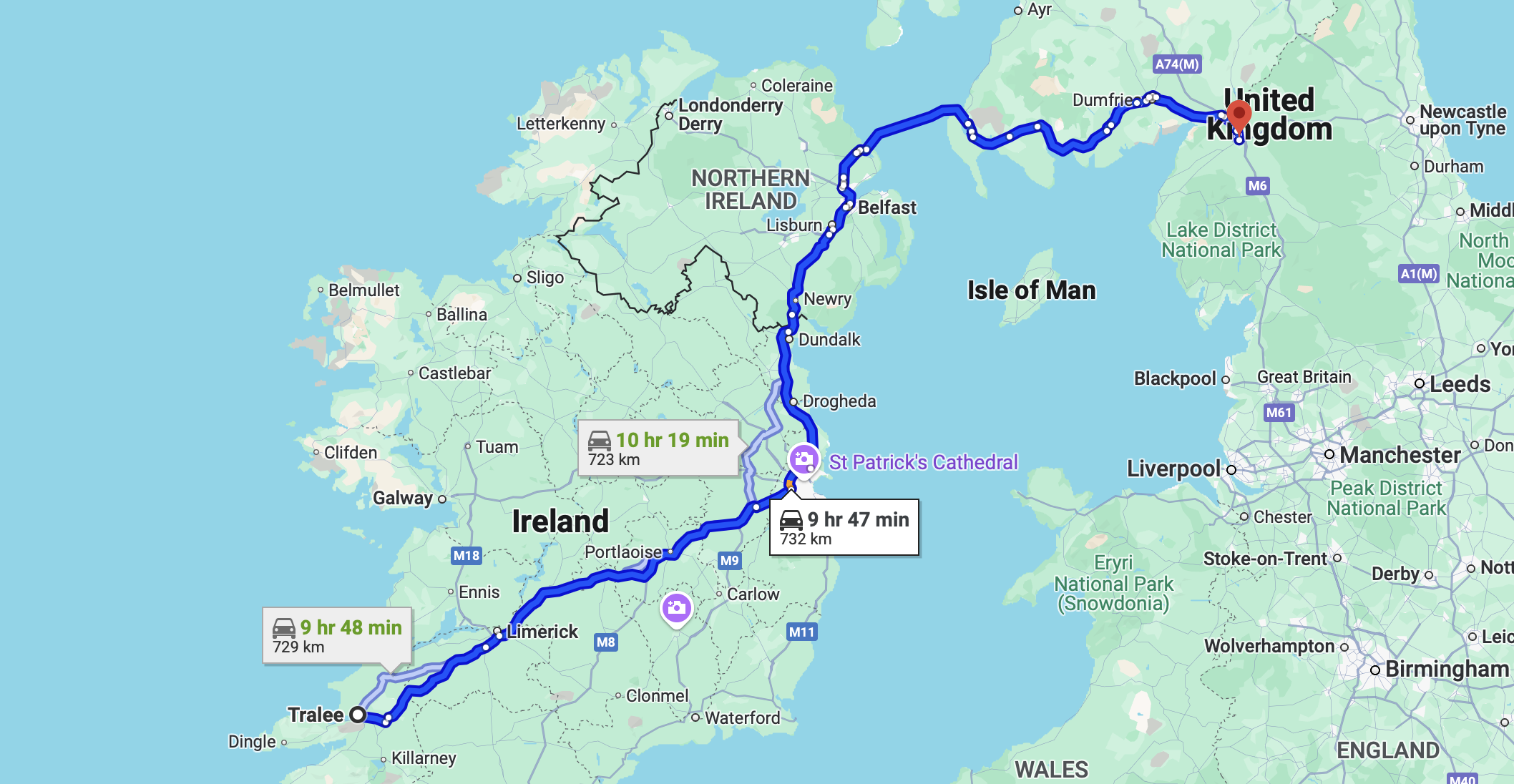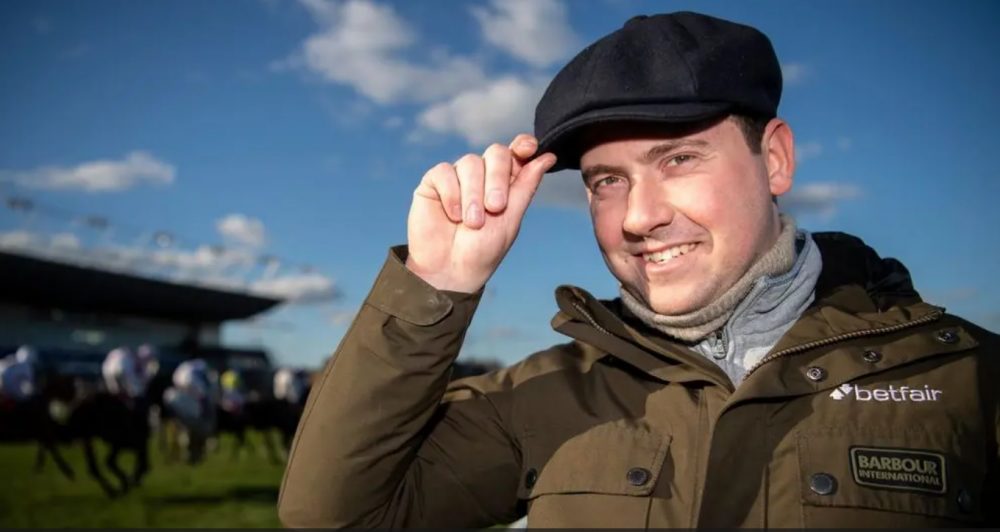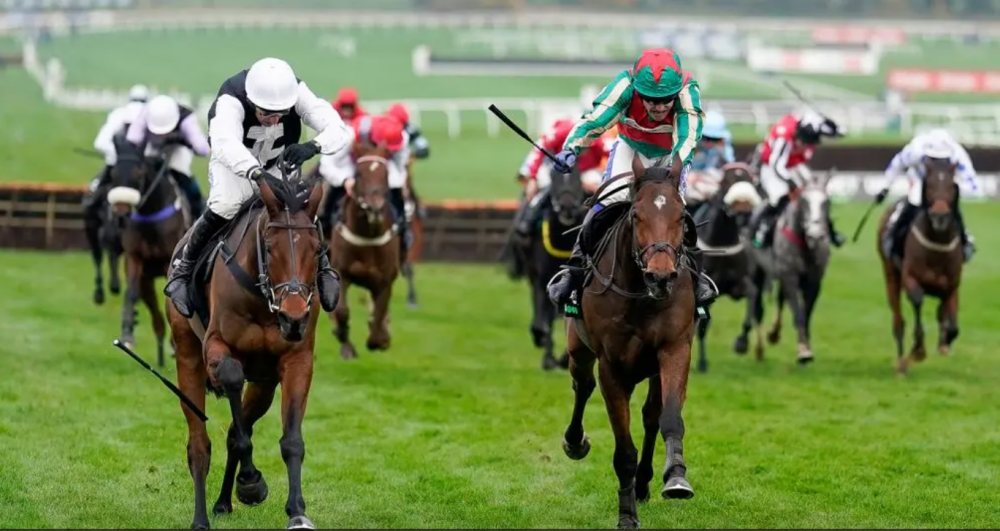Why is pedigree important in horse racing?
The pedigree of a horse is quite simply their family tree. This will be seen in all racecards with both Sire (Father) and Dam (Mother) shown. While the majority of racing is of the handicap variety, which means that there is form to look at, a viewing of a horses pedigree is often crucial to those looking to have a bet.
Horses don’t always take their traits from their parents but when dealing with novice races under both codes, especially two-year-old races where the majority of the horses are making their debuts, then pedigree is one of the biggest tools that any punter has in their arsenal.
Sires
For those who don’t have a strong understanding of pedigrees, the sire is the easiest place to start. Most will be names that punters remember from the past, so it’s simpler to take an educated guess at the conditions that their offspring will find suitable.
The underfoot conditions are a hugely important consideration when having a bet. While it’s not possible to be absolutely certain what conditions a horse will appreciate, a look at the sire can give a decent indication.
One of the most obvious was Turtle Island, his progeny adored ground as deep as possible so if one of his were making their debut on anything bar soft or heavy, it was easy enough to discount. While it is no means foolproof, the ground on the continent is more often than not on the soft side so German sires such as Monsun or Shirocco throw plenty who like cut in the ground, the same is regularly true for French-bred.
On a quick surface, Medicean is a sire who often lends himself to fast ground, with Exceed And Excel also tending to do their best work on a fast surface. The synthetic surfaces are interestingly similar as fast ground sires often do well on Polytrack, while softer ground sires can throw Fibresand winners. It’s no surprise given its proximity to the American dirt surfaces that American bred sires do well on Fibresand such as Speightstown.
When dealing with two-year-old races, another easy thing to understand with sires are the speed at which their offspring mature. Champs Elysees produced his career-best RPR at the age of 6 when winning the Canadian International. It’s no surprise then that his progeny regularly progress well even improving at four and five where many have found their improvement levelling out. The stats in the book are limited at present but Nathaniel’s appear to be following the same path. They are unquestionably talented enough to hold their own as younger horses but as their sire did, they find their feet a little later in life.
Sprint sires often have the early types which comes with the territory given that two-year-old races start over five furlongs only to begin the year. Kodiac is the first that springs to mind in this way, he doesn’t throw many large horses so they are filling out their frame a little earlier. They are relatively straightforward, head down and try types so make ideal juveniles. Kyllachy was a smart juvenile himself, which is an easy consideration. Was the sire an early type? If so, then depending on the dam, the progeny could very well be the same.
In the same way that Kodic’s are generally small racy types, a lot of sires will ‘stamp’ their progeny in a certain way. Dubawi’s are short and barrel like, regularly looking like they carry condition but that squat, powerful build is typical of his influence. They also regularly improve for headgear of some sort so his progeny when fitted with headgear for the first time are often well worth a second look.
Dams
Those who carry the foals through pregnancy are often overlooked as the majority aren’t as well known as the names we see in the racecard as the sire, but their importance cannot be overstated. A lot will have raced themselves so a look on the Racing Post website will show how they fared plus a list of any foals they have had in the past.
Their own breeding and achievements are an important consideration. A quick glance at an Exceed and Excel, for example, may automatically shout sprinter but in the case of Nideeb (who was by an In The Wings mare) he won a Winter Derby and was narrowly turned over the sole time he tried 12f. The influence of the dam in that situation was far more noticeable that the sire.










